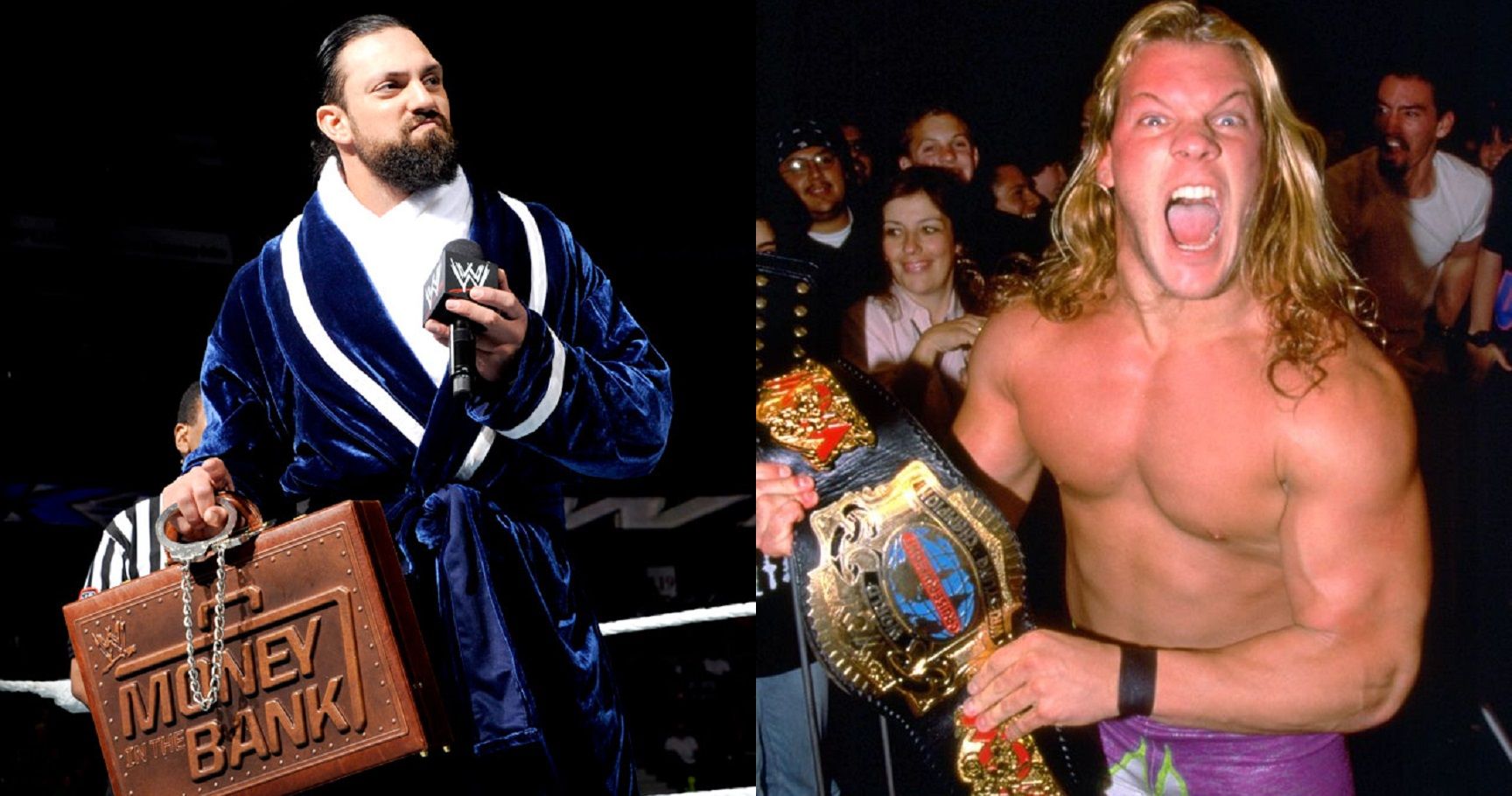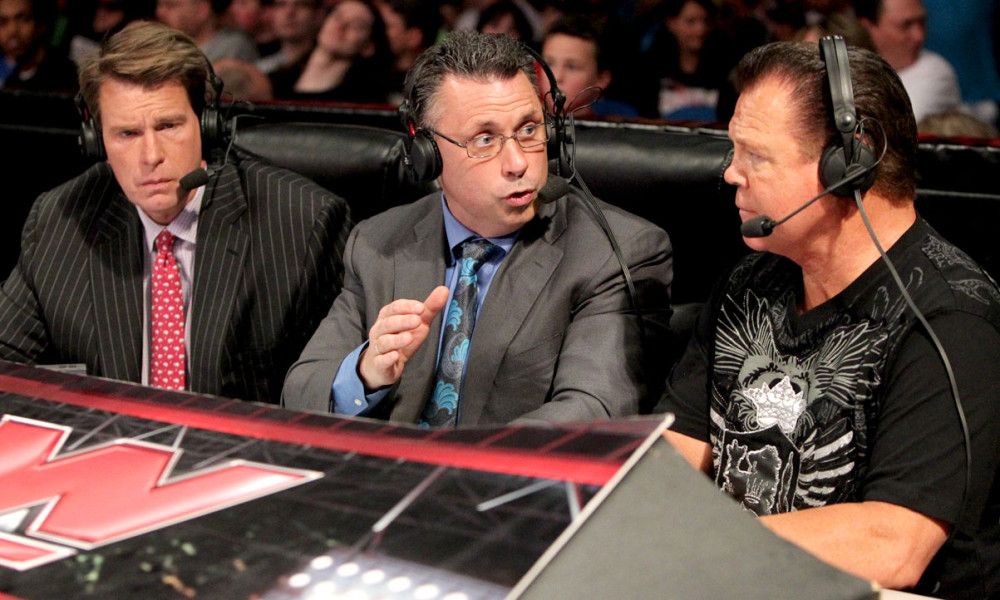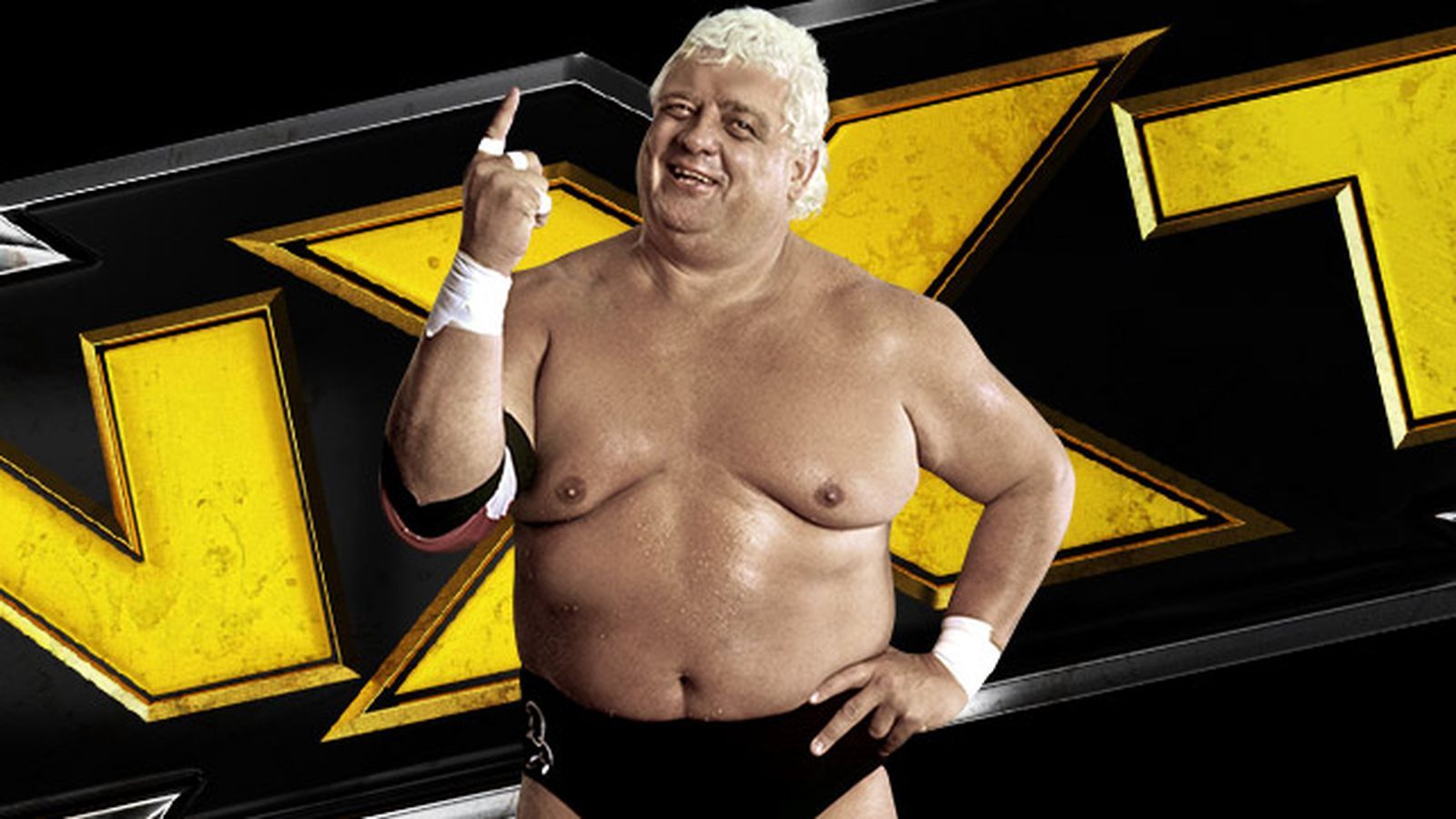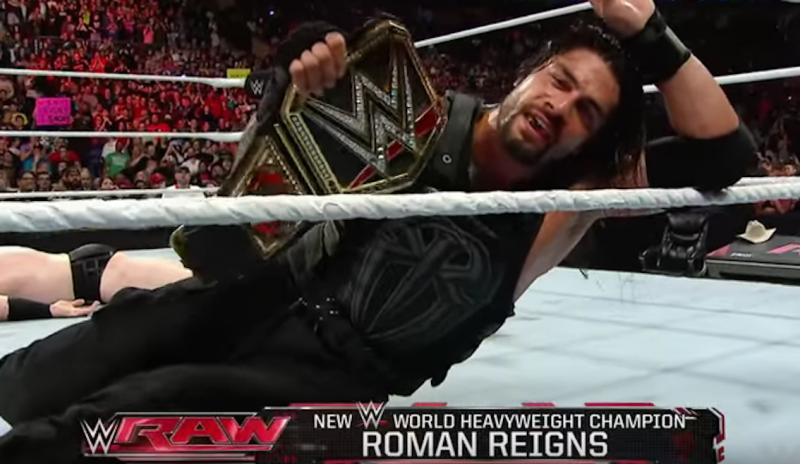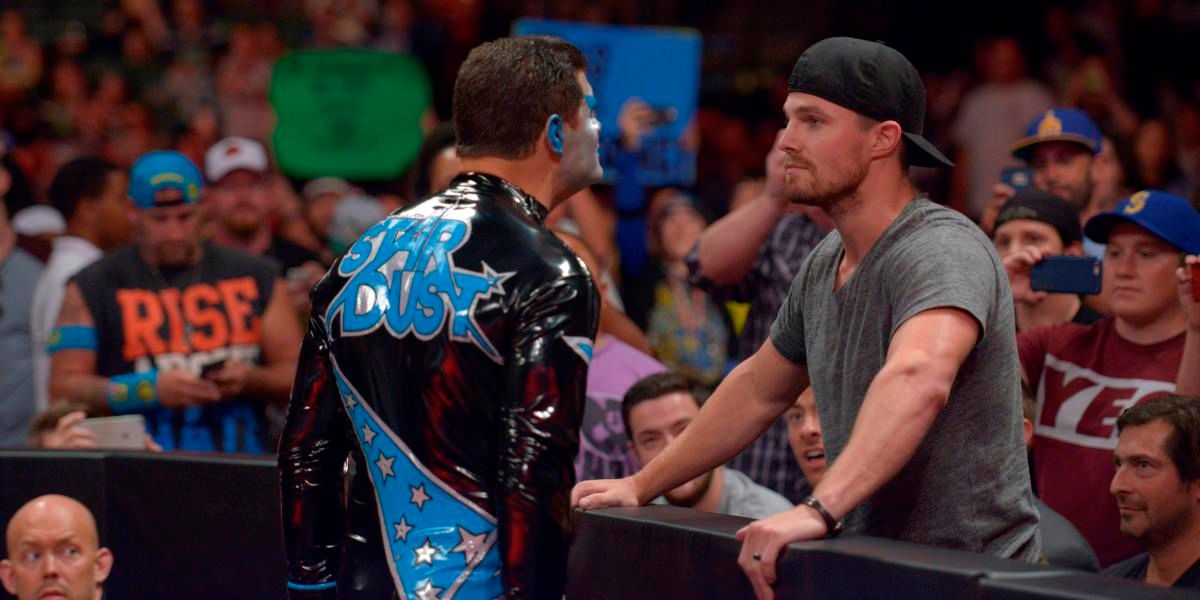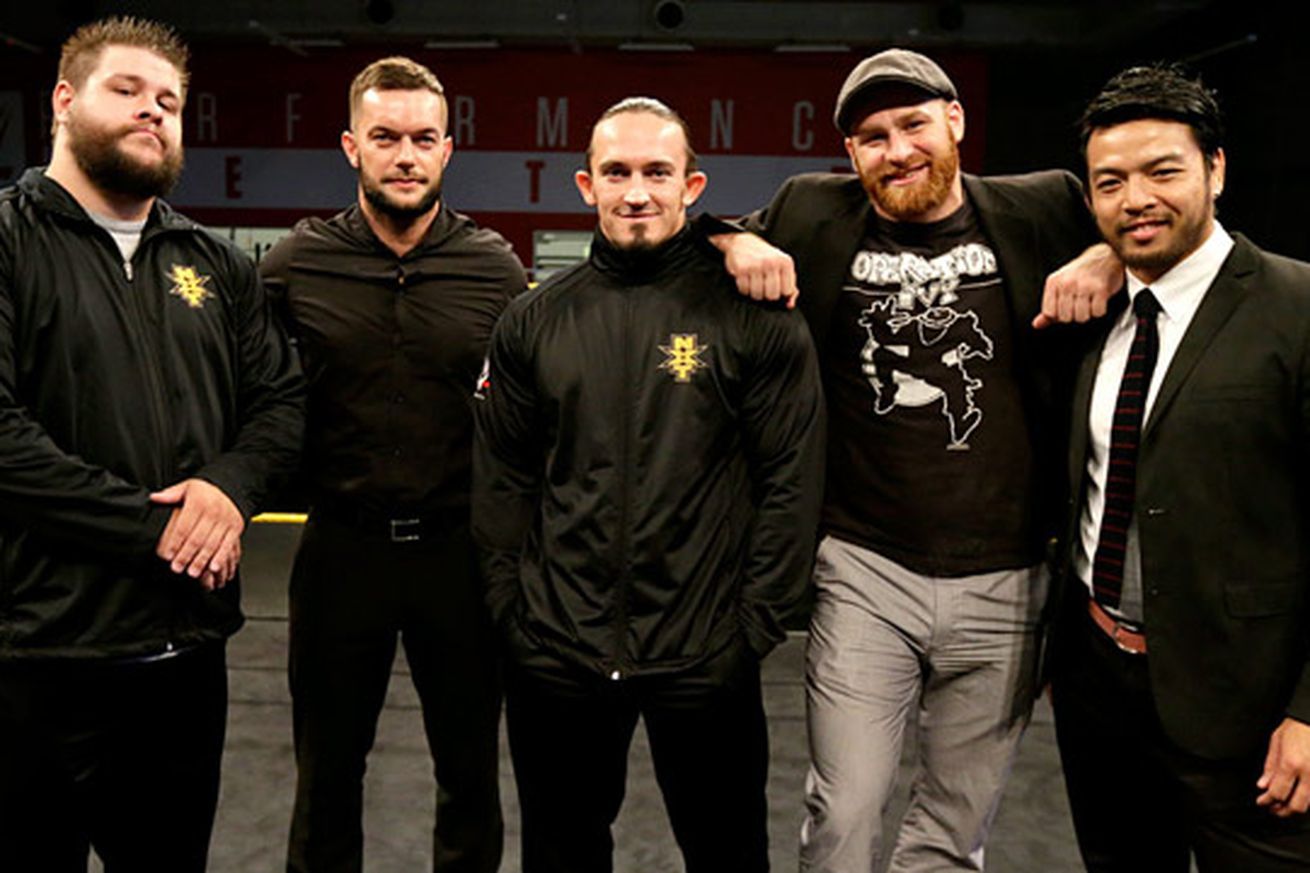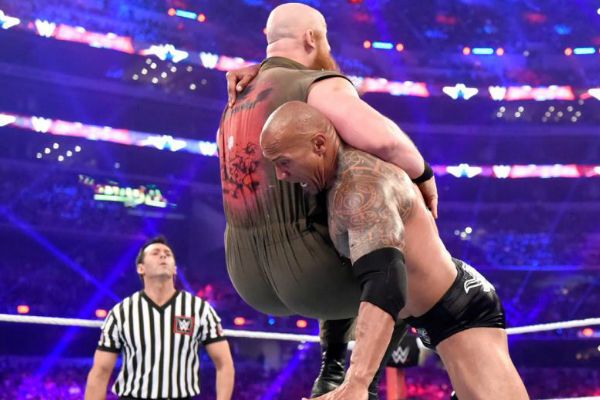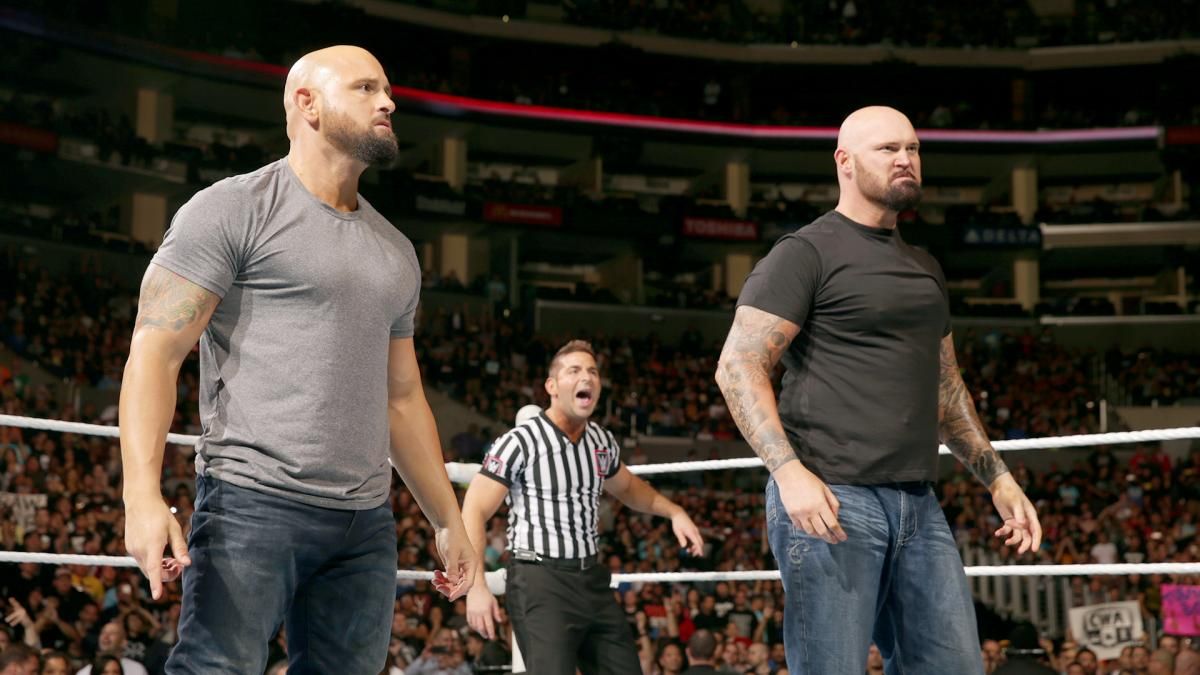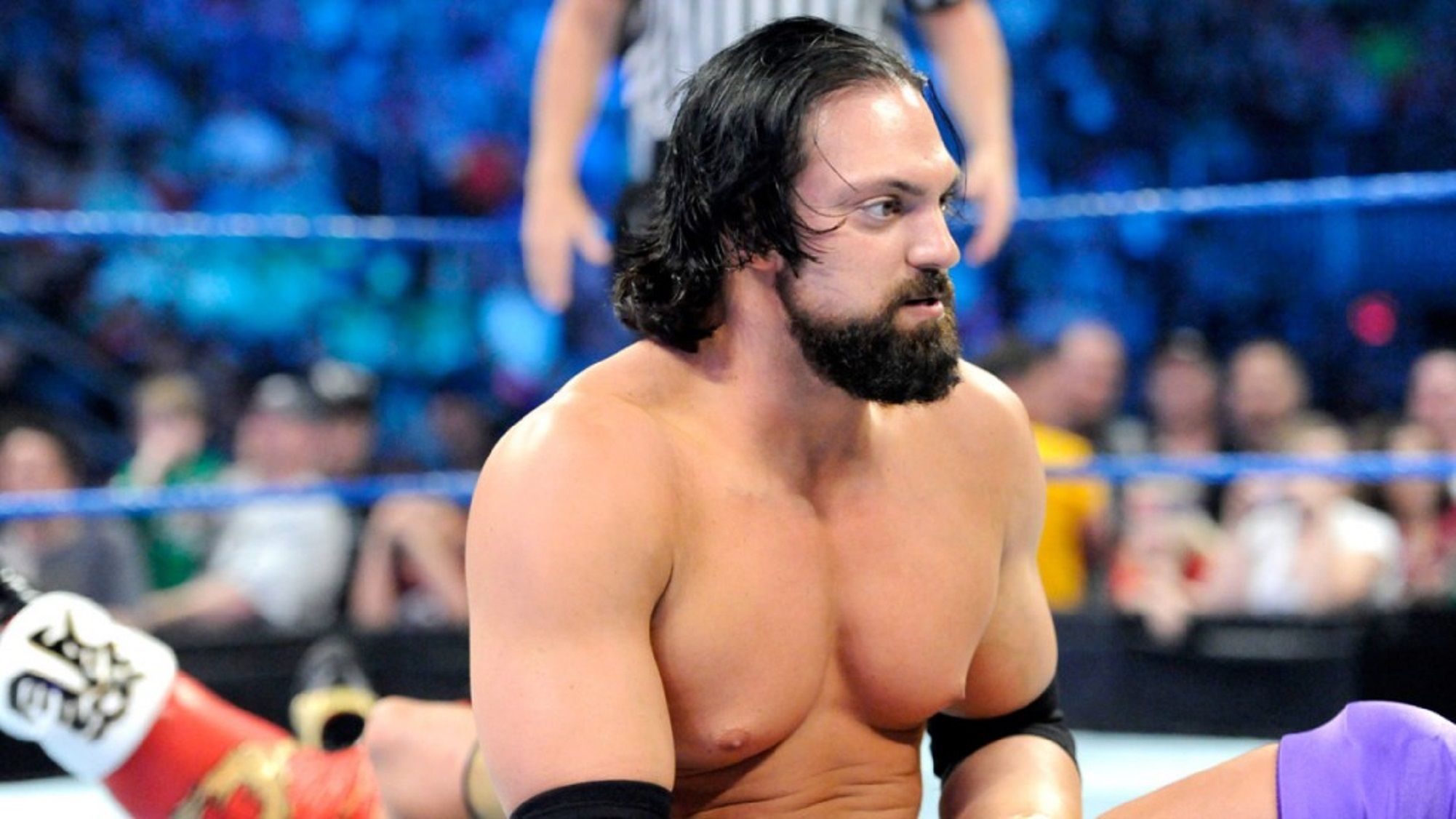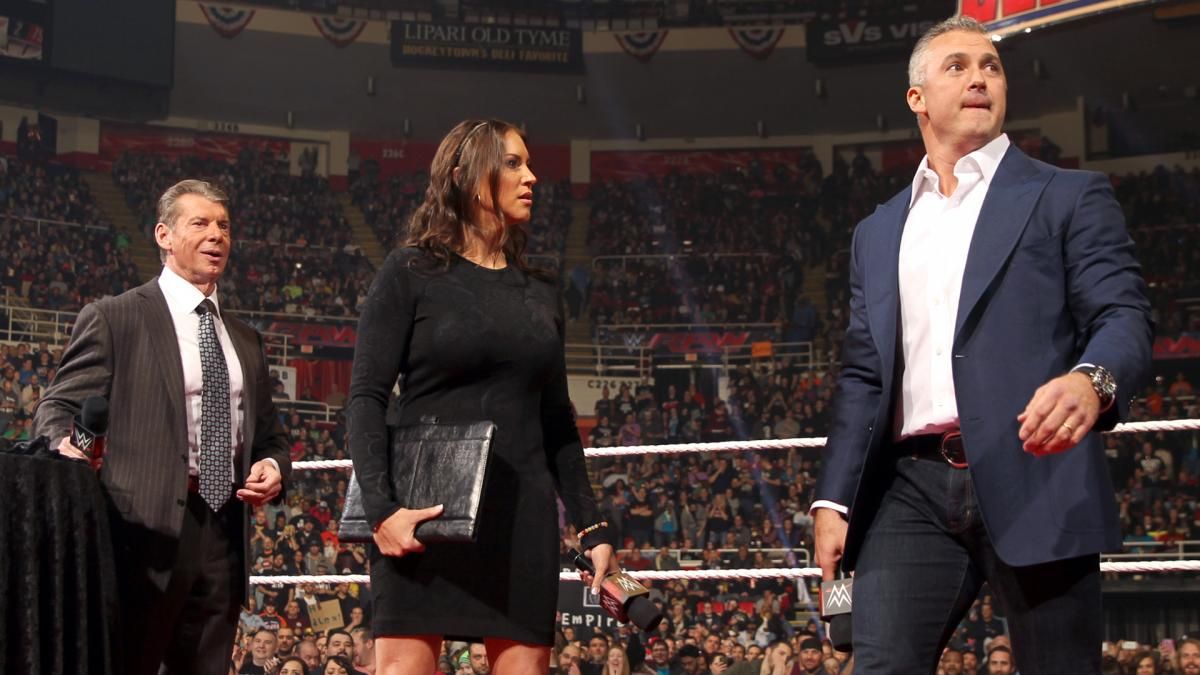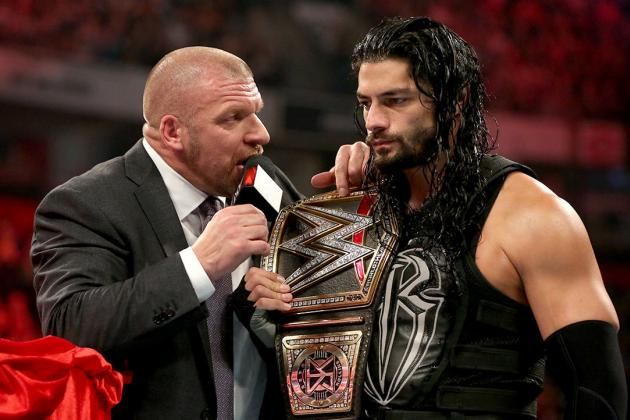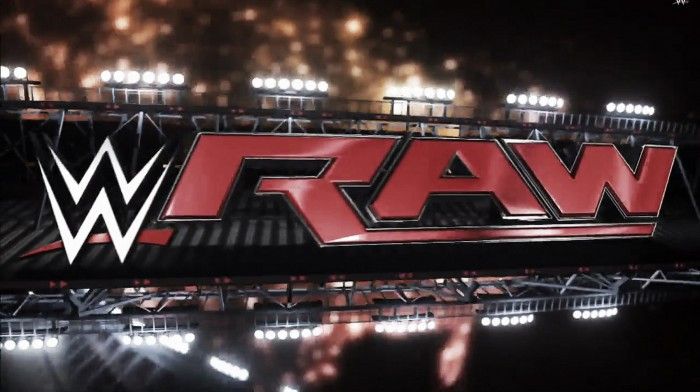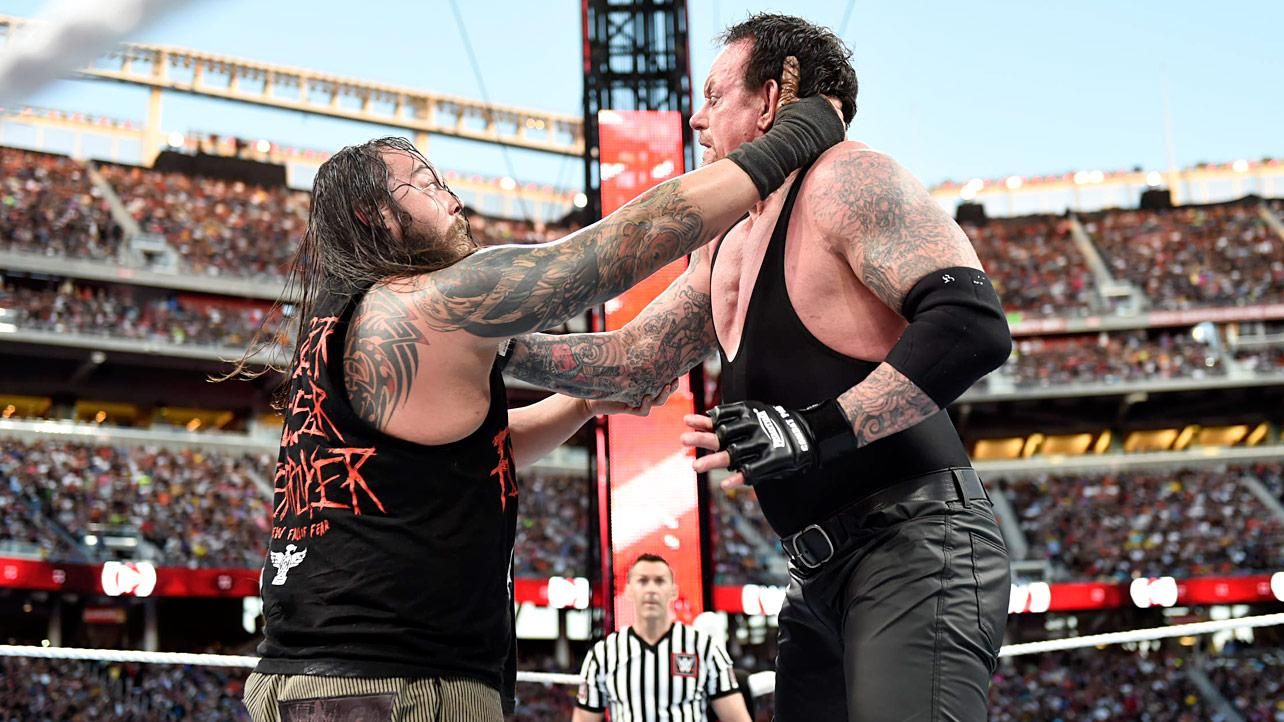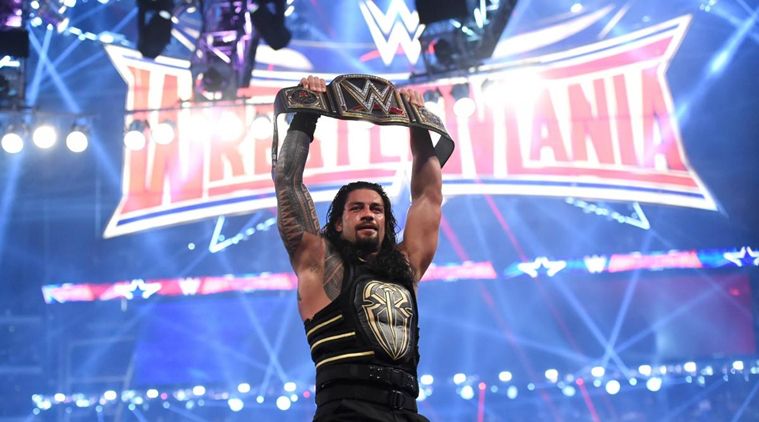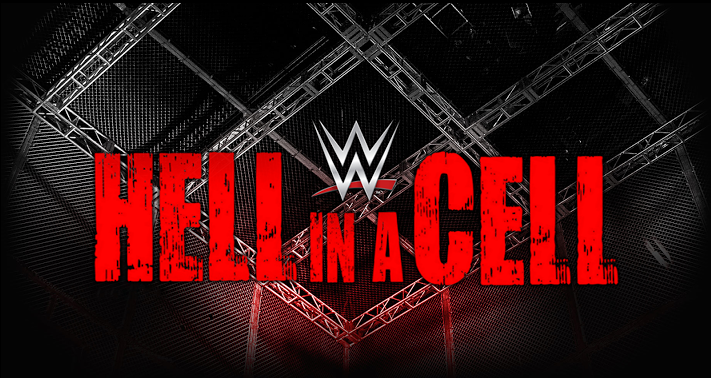Though many wrestling promotions throughout history have ultimately failed, none of them are more notable than WCW. At their peak, WCW was the largest and most financially successful wrestling company on the planet. Their innovations in the fields of presentation, ring-work and booking helped to fuel a revolution that would lead to the most lucrative time period in professional wrestling history. Everywhere you looked, WCW was touted as the future of the business and the one wrestling show you had to tune into every week if you wanted to see the very best.
Then, just a few years after their rise to the top, WCW had fallen. It was said that the only people that could beat WCW at the height of their power was WCW themselves and, sure enough, that is exactly what happened. Some of the decisions made by the end of their time remain simply baffling. From having their World Championship change via a finger poke to forcing two wrestlers to wrestle over an elderly woman being hoisted by a forklift, the later days of WCW contain some of the very worst moments in professional wrestling history. Essentially, they created a template of how not to run a wrestling company during this time.
Sadly, it’s a template that WWE occasionally follows to this very day. Though just about everything that WCW did in their dying days carries with it a giant red flag, for some reason modern WWE programming still runs some of that company's very worst plays with the same blind enthusiasm that once sank the mighty WCW. Although it’s fair to say that WWE will likely never reach the same creative lows that WCW did, it's hard to not think of the former wrestling giant in these 15 ways whenever you watch them.
Here are 15 mistakes WWE makes today that remind us of WCW.
15 15. Commentary Teams Talks About The Wrong Match
Though more of a minor gripe than a complete tragedy, the way in which the WWE announce team insists on talking among each other or hyping up WWE’s products rather than focusing on a match is highly reminiscent of the WCW style of announcing in the company’s final days. WCW’s announcers had a bad habit of discussing the ongoing main event angles throughout PPVs and Nitro. While this was meant to keep viewers tuned in throughout the show by reminding them of what was to come, it’s also incredibly distracting and somewhat belittling to the performers who are currently in the ring.
14 14. “Tune In Next Time” Match Endings
Commonly known as Dusty Finishes, these match endings fail to offer a proper resolution and instead are designed to leave you in suspense as to what will happen next. While a Dusty Finish can actually be an incredibly effective way to prolong a feud if done properly, the problems start when Dusty Finishes become the rule rather than the exception. That is certainly what happened to WCW who couldn’t end a match clean if their life depended on it (which it turns out it did), and now WWE is relying on this tool more and more to prolong their storylines.
13 13. De-emphasizing the Importance of PPVs
Although you could argue that WWE’s PPV revenue isn’t quite as important as it used to be considering the role of the WWE Network, their PPVs are still ideally supposed to be landmark events that represent major moments for all ongoing feuds. Instead, they are starting to resemble WCW PPVs in that they are beginning to feel more and more like part one episodes that will be continued the next night on television. This was a technique that WWE also used quite a bit in the Attitude Era but, now that we are far away from the Monday Night Wars, perhaps it’s time to make PPVs feel significant again.
12 12. Giving Away Big Matches For Free
Among the many infamous moments of bad WCW decision making, one of the most tragic must be the time that they decided to waste the highly anticipated Bill Goldberg/Hulk Hogan match on an episode of Monday Night Nitro. Though it’s hard to believe that WWE would ever do anything quite that stupid, they are falling into the increasingly bad habit of filling their three-hour episodes of RAW with matches that could easily have a prominent space on PPVs if built correctly. Oddly, the problem here seems to be a lack of traditional “jobber” performers in WWE who used to help fill television match time by keeping conflicts between established stars much more infrequent.
11 11. Trying Too Hard For Mainstream Exposure
Few wrestling companies in history have ever been more desperate for mainstream attention than WCW was. From having Jay Leno and Karl Malone work tag matches to putting the World Championship on David Arquette, WCW would give a celebrity the world if it meant getting air time on Good Morning America. While WWE has always been interested in additional exposure, they’ve now resorted to filling as much television time as possible with references to Total Divas or which wrestler did what charity this last weekend. The occasional self-promotion is no big deal, but WWE’s insistence on being loved by all is beginning to get uncomfortable.
10 10. Forgetting How To Make Homegrown Stars
I’d say that you could count the number of homegrown WCW on one hand, but I’m not even sure you’d need that. Ok, ok there was a few (Goldberg, DDP, etc.) but the point is that WCW was awful at developing talent that wasn’t already established and turning them into stars. While WWE’s recent method of farming the indie scene for talent is certainly welcome, it’s also led to them giving less and less development time to previously unknown talent. Even NXT, which was designed with talent development in mind, is beginning to rely more on the name that performers made for themselves prior to arriving.
9 9. Making Sure Legends Always Look Strong
Watching WrestleMania 32, I couldn’t help but be struck by how much WWE's special appearance veteran performers were protected during the event in comparison to their actual active roster. Legends who make once a year appearances such as Steve Austin and The Rock were made to look like living gods at the expense of workers that ideally should be in high spots within the company. It's fairly similar to the way that WCW went out of their way to ensure that their veteran performers always remained prominent even as it became increasingly obvious that it was time for a new generation to take their place.
8 8. Failing To Properly Introduce New Acquisitions
Though I know names like AJ Styles and Karl Anderson because I tend to keep up with a lot of professional wrestling from across the world, that is likely not the case for a good portion of WWE’s viewing audience. As nice as it is that WWE treats these new guys like they are big deals the moment they step in the company, what’s missing is the build-up period that allows the average fan to identify with these wrestlers. The current method of debuting stars is similar to how WCW refused to stop copying the "surprise" Scott Hall and Kevin Nash debut strategy, which of course only worked at the time because those men had made their name in a company most of WCW’s audience was familiar with.
7 7. Doing Nothing With Talent
Seeing a talented wrestler get misused is one thing, but watching as one simply wastes away in the back twiddling their thumbs is somehow even worse. Given that WWE is the biggest wrestling company on the planet it’s natural that they would try to collect the most stars possible, but the problem soon becomes that too many incredibly gifted wrestlers clog up the roster and many of them have nothing to do. Considering that WWE received the services of guys like Chris Jericho and Steve Austin because this is how they were treated in WCW, perhaps they should know better than to leave a good wrestler hanging.
6 6. The World Championship Is Not The Center Of Stories
Though professional wrestling World Championships may ultimately be little more than an elaborate prop, winning the title should never actually feel like it’s anything less than the single greatest thing a wrestler can achieve. In recent years WWE has gotten much better about presenting it as such, but they still often fail to present the title as something more than a throwaway piece in a much greater conflict. Much like how the WCW World Championship became a mere tool for NWO shenanigans, WWE’s biggest prize is still too often treated as a sideshow in more substantial stories.
5 5. Relying On The Same Storyline
If you were to watch a late-‘90s episode of WCW Nitro and take a shot every time the NWO wasn’t somehow involved in what was happening, you would likely still be able to drive by the time the episode had ended. In the same way, WWE is still hung up on the fabled “Austin vs. McMahon” storyline that helped turn them into a global sensation almost 20 years ago. Multiple times a year, we are treated to a story that sees a lone performer have to battle against the authority, and it just keeps getting a little more painful to watch each time.
4 4. Putting Out Too Much TV Content
As part of their arms race against WWE, WCW began to steadily increase the amount of content they put out on a weekly basis by innovating such concepts as the monthly PPV and Thursday night programming. While this strategy was necessary in war time, WWE’s insistence on continuing to expand their television time is quickly diluting the product. The biggest offender of this symptom is certainly the three-hour RAW, but what’s truly a shame is that WWE is unable to properly promote this additional programming and use it as a chance for the entire roster to get quality television time.
3 3. Relying On Part Time Talent
Though WCW had a problem with letting veteran wrestlers hog all the spotlight despite a relaxed work schedule, it was nothing compared to the attention they gave wrestlers that were brought on for special appearances. Performers like The Ultimate Warrior may have never intended to stick around for more than a match or two, but that didn’t stop them from offering these part time wrestlers lucrative contracts and a spot in the biggest stories. Despite what a complete failure this strategy was, WWE can’t help but keep it alive by ensuring that their most infrequent performers always have a big moment and equally large paycheck waiting for them.
2 2. Altering Crowd Noise/Feedback
Once upon a time, Bill Goldberg became so popular in WCW that fans began to chant his name whenever his entrance music would hit. WCW was so impressed with this reaction that they decided to continue piping in the chants through arena speakers well after they had naturally stopped occurring. Though WWE has not specifically been accused of a similar tactic, they are not shy about muting crowd noise when a performer’s reaction doesn’t meet their expectations or by removing certain crowd signs that don’t mesh with their approach. The tactics may be different, but this manipulation of fan reactions is unacceptable in any form.
1 1. Novelty PPVs
WCW may have not put much stock in their PPVs, but that didn’t stop them from having a little too much fun with them from time to time. From PPVs built around biker rallies to ones ran entirely by the NWO, you could always rely on WCW to find some awful new gimmick to base their biggest shows around. Against all logic, WWE had taken on a similar policy in recent years as just about every one of their PPVs are based around some novelty concept.
While few of them may be as awful as a wrestling event at the beach, having some of their biggest gimmick matches occur at designated times during the year doesn’t exactly help to keep things feeling fresh.

